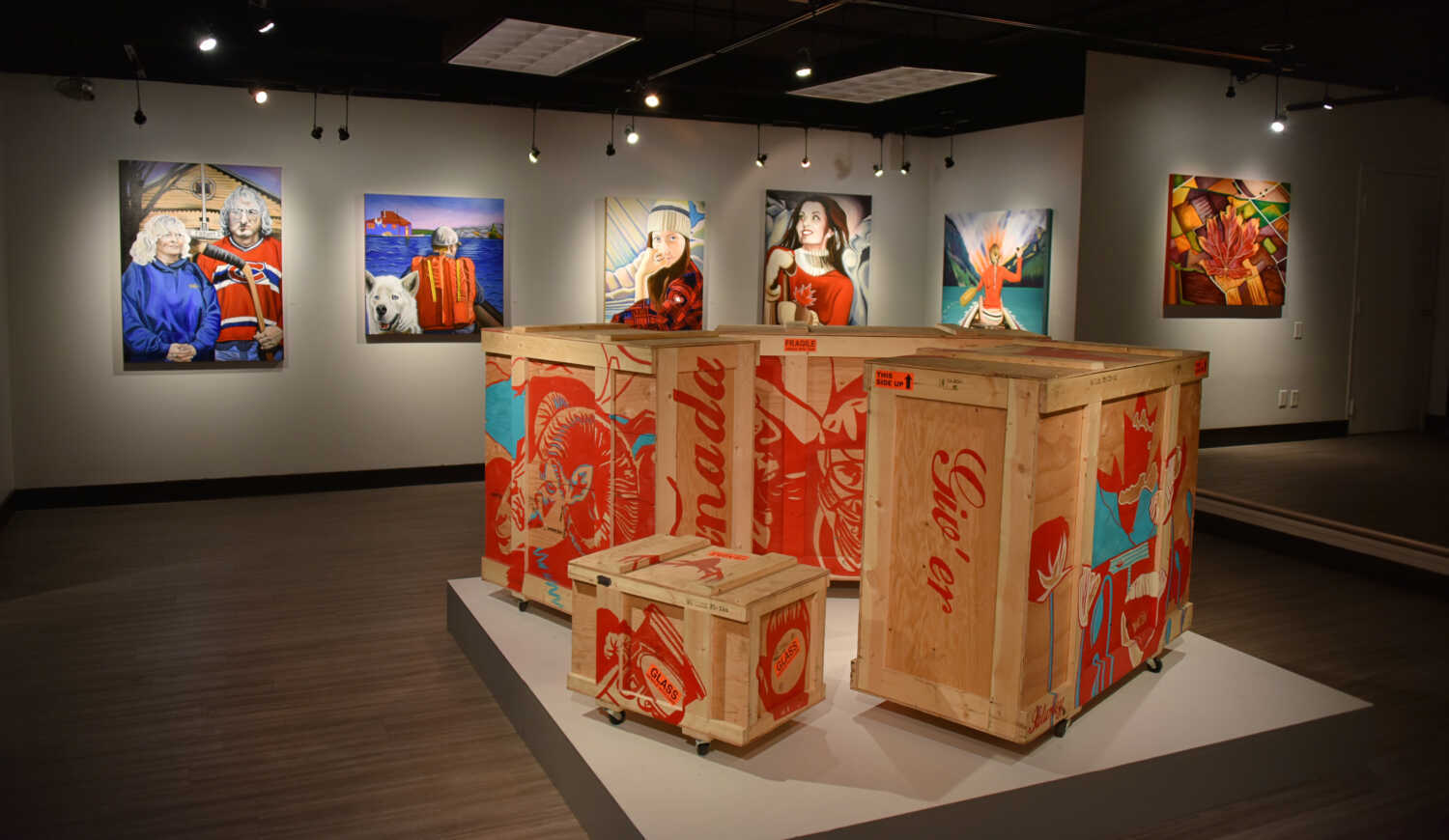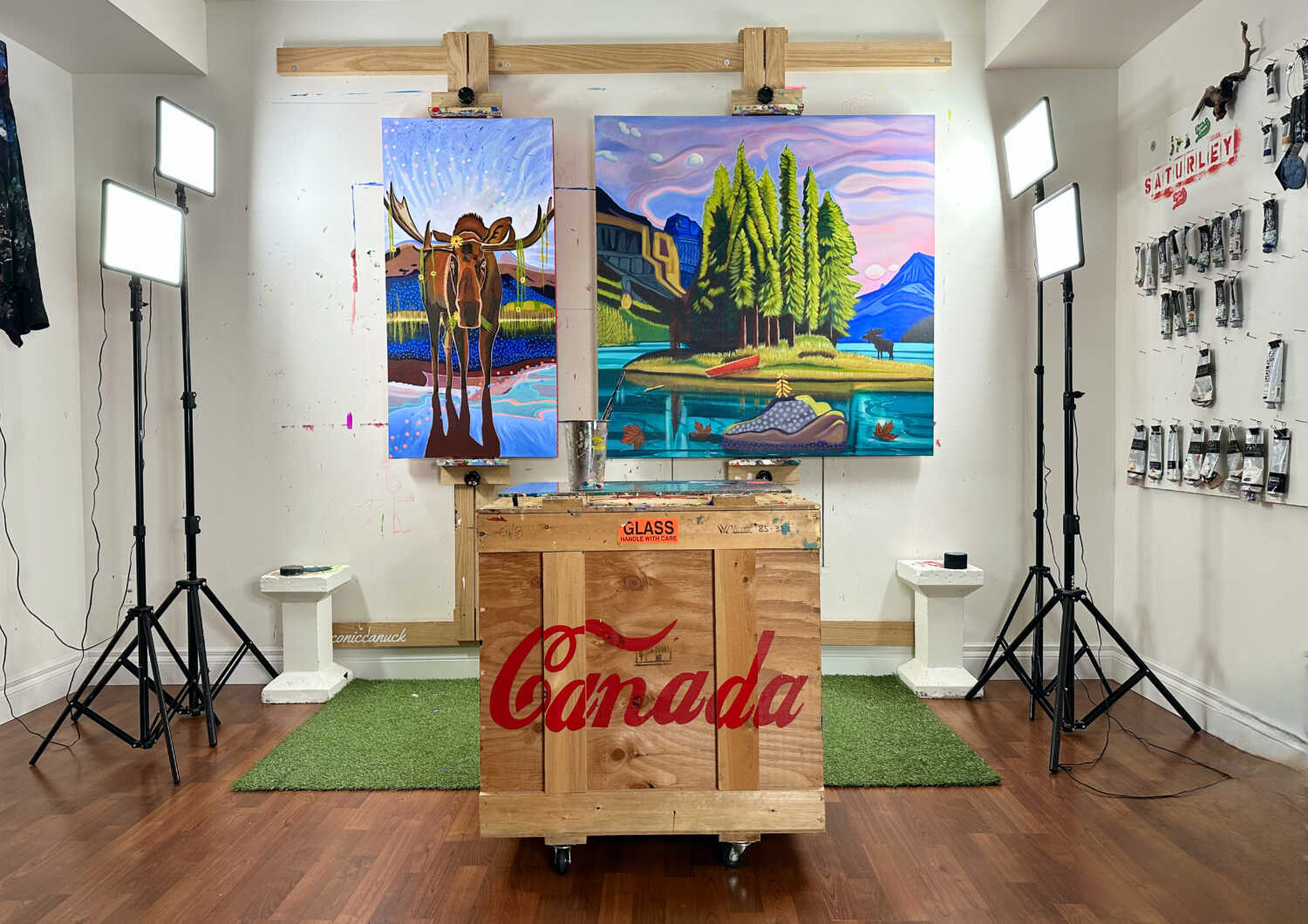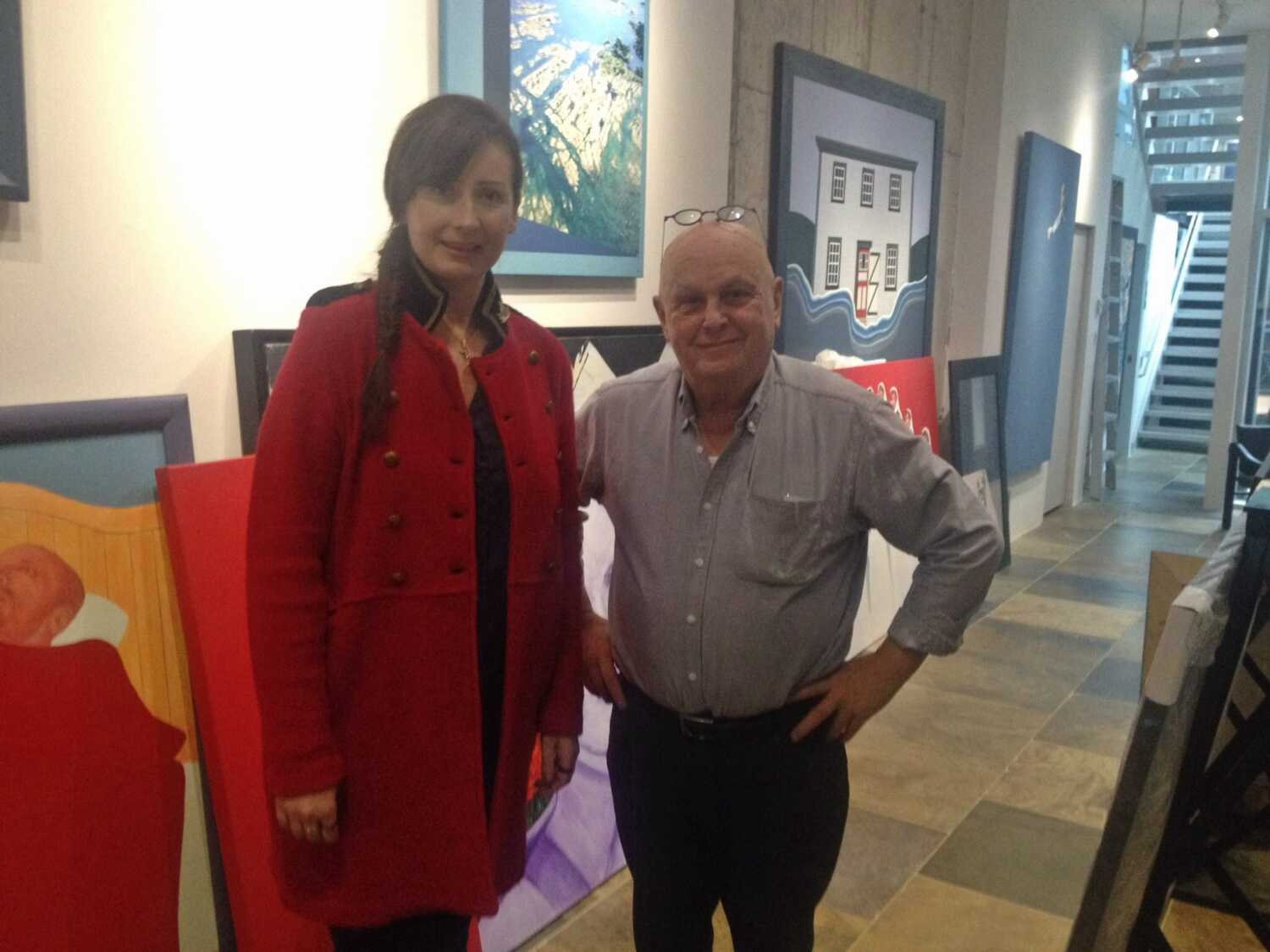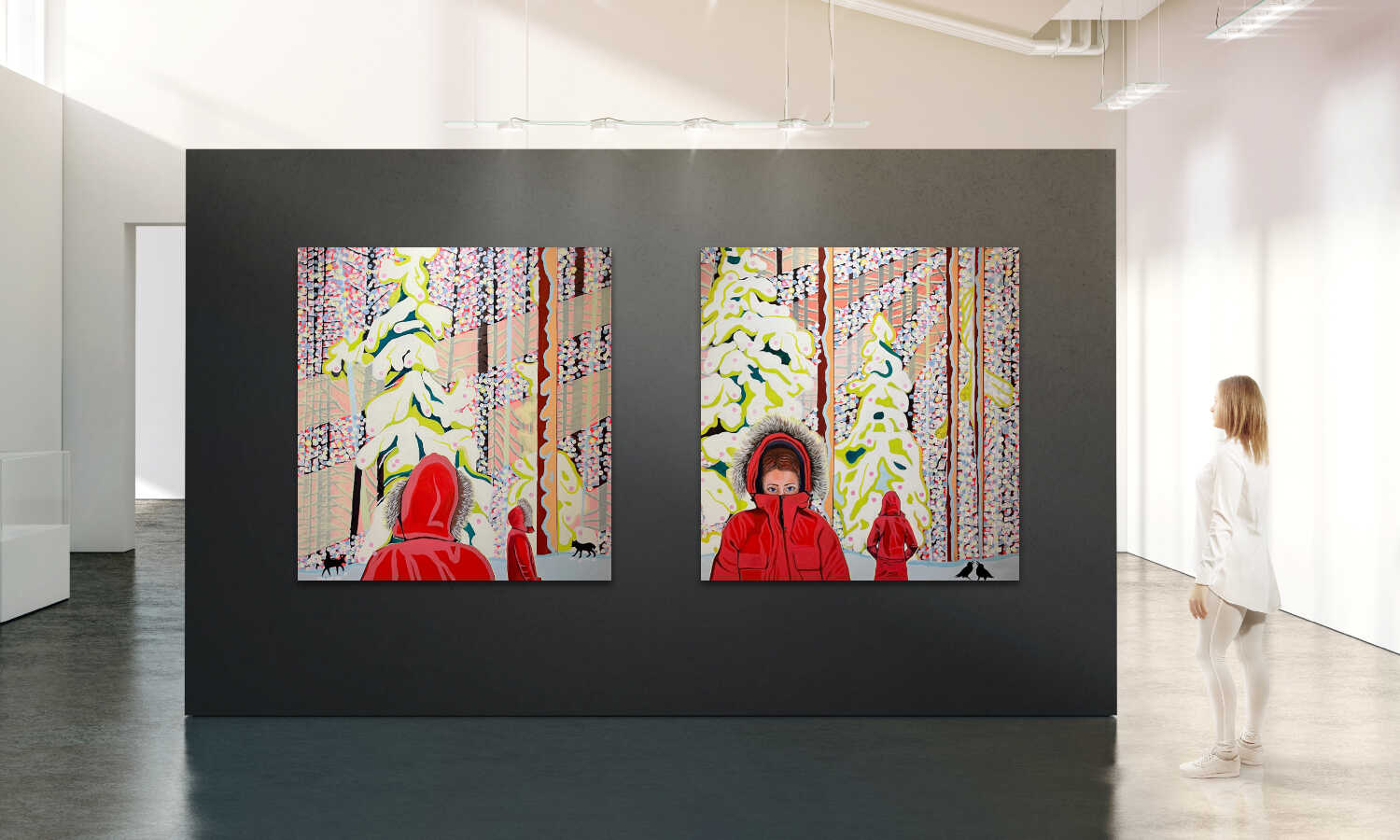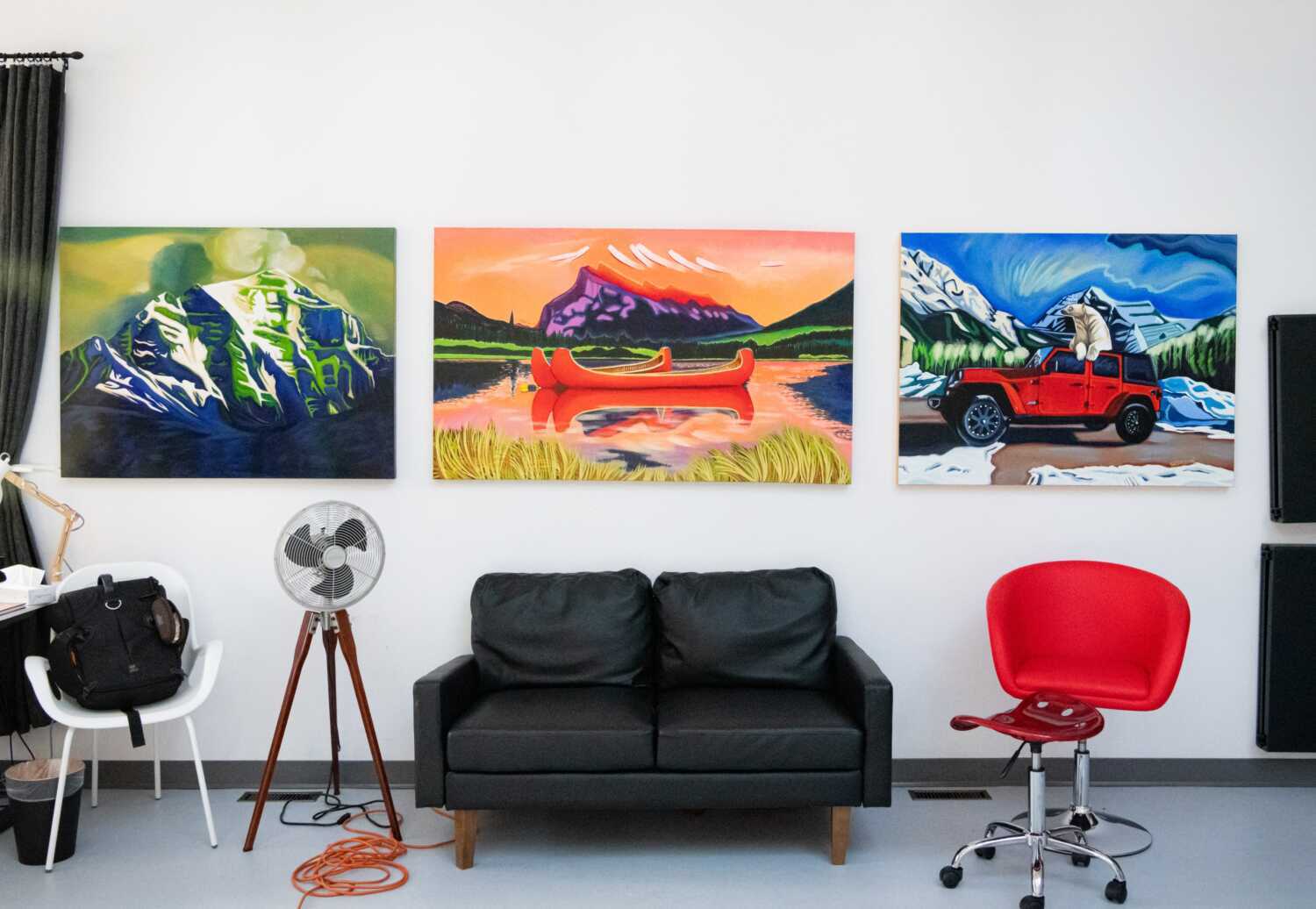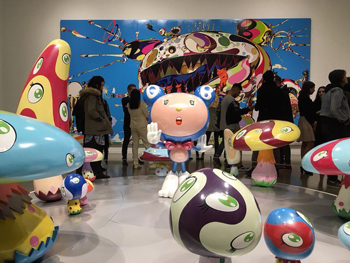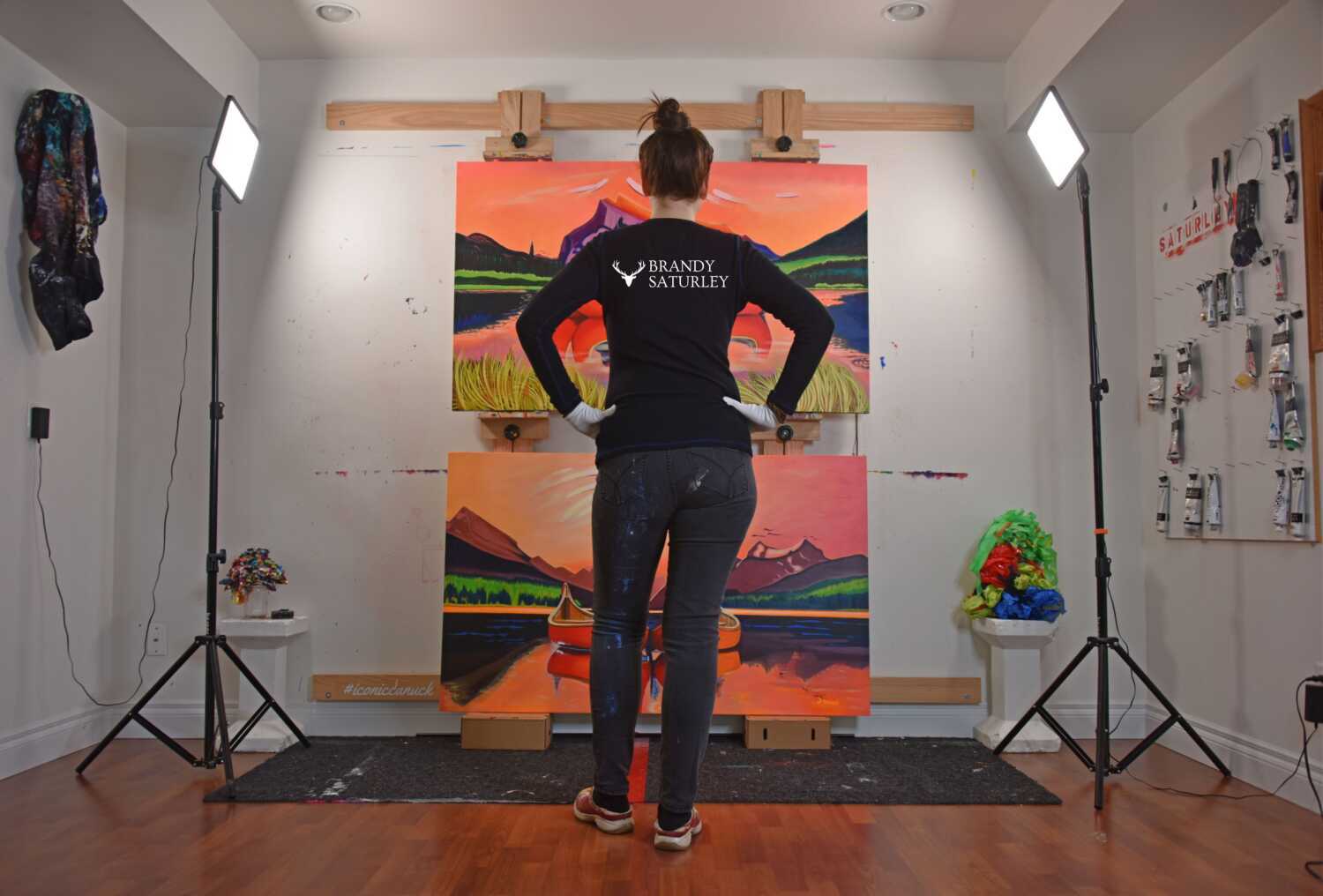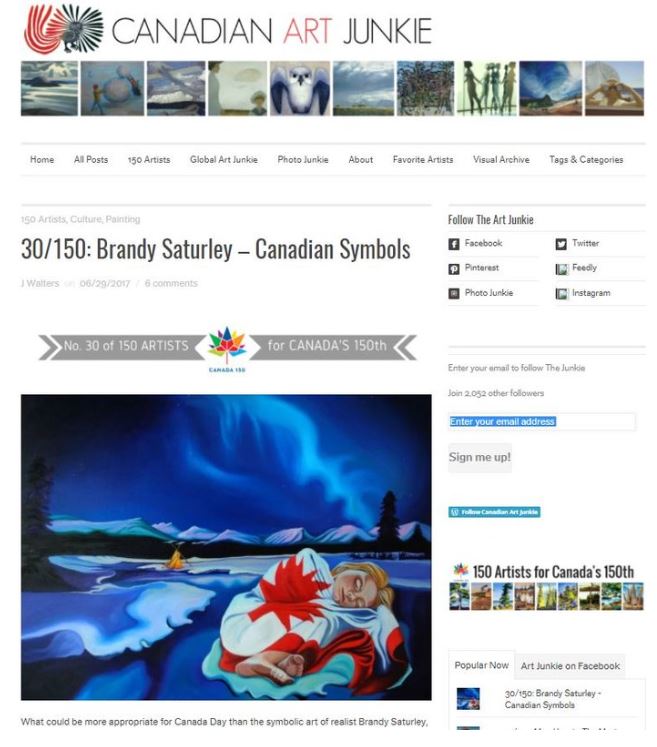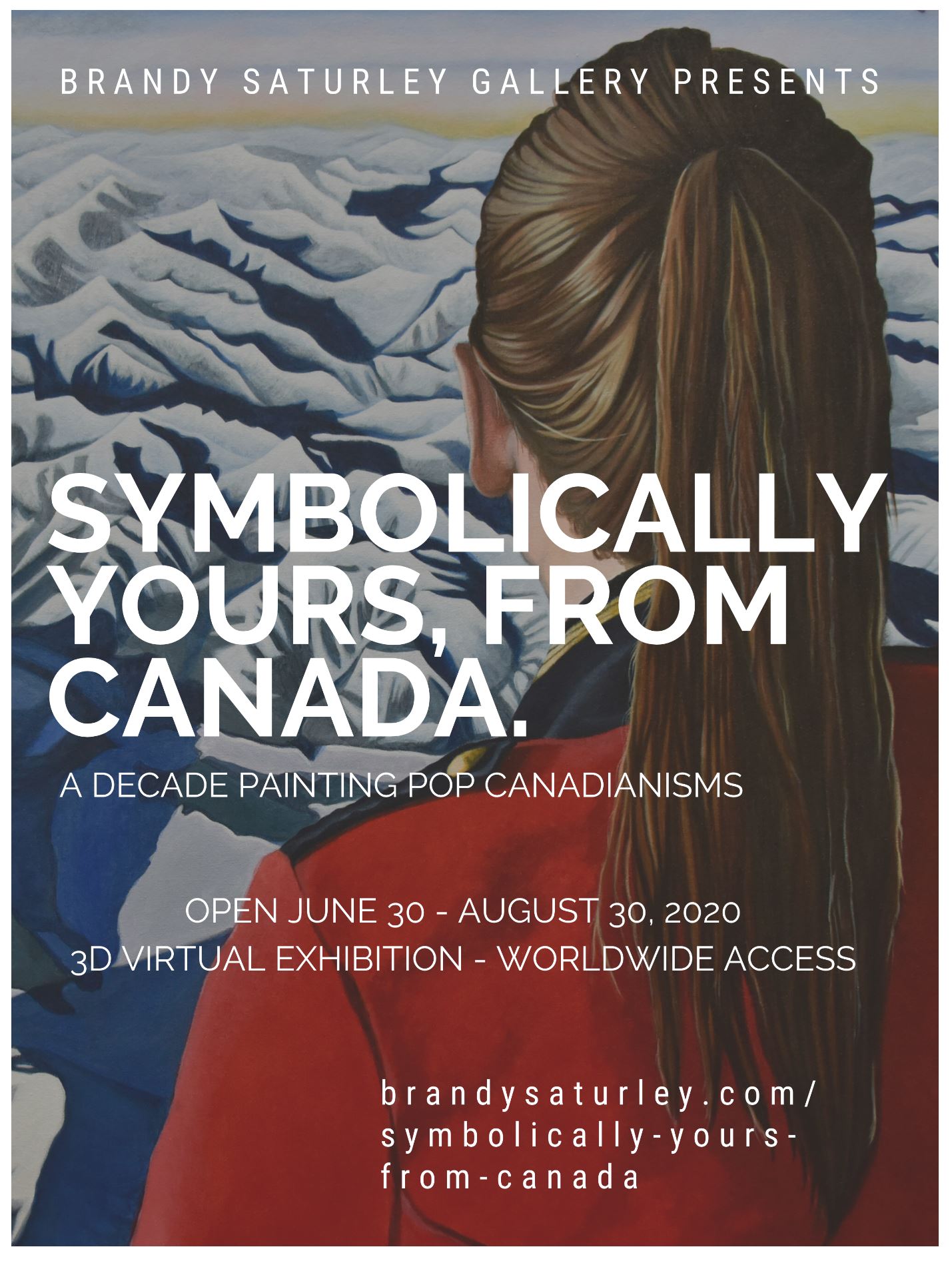Key Factors Artwork Appreciation
What are the key factors that influence the appreciation of artwork over time?
Several key factors influence the appreciation of artwork over time, making it a valuable investment. Here are the most important ones:
1. Artist Reputation and Career Growth
- Works by established or emerging artists with a growing reputation tend to appreciate more.
- Museum acquisitions, major exhibitions, and critical acclaim can significantly increase an artist’s value.
2. Provenance and Authenticity
- A well-documented history of ownership (provenance) increases an artwork’s value.
- Authenticity, including certificates of authenticity and expert verification, is crucial.
3. Rarity and Uniqueness
- Limited editions or one-of-a-kind pieces are generally more valuable.
- Signature styles or periods of an artist’s career often command higher appreciation.
4. Market Demand and Trends
- Changes in art trends and collector preferences impact value.
- Cultural relevance, including national or historical significance, can drive demand.
5. Medium and Condition
- The materials used and the physical condition of the artwork affect its longevity and resale value.
- Proper conservation and framing can preserve an artwork’s integrity.
6. Economic and Art Market Conditions
- A strong economy generally boosts the art market, increasing demand and prices.
- Auction results and collector interest can indicate market trends.
7. Institutional Recognition
- Inclusion in major gallery exhibitions, museum collections, and art fairs can boost an artist’s market status.
- Critical reviews and media coverage also play a role.
8. Collector and Investor Behavior
- High-profile collectors investing in an artist’s work can drive up demand.
- Corporate and institutional acquisitions often validate an artist’s long-term value.
Investing in Canadian art, particularly works by artists with strong national recognition, can be a rewarding long-term investment.


